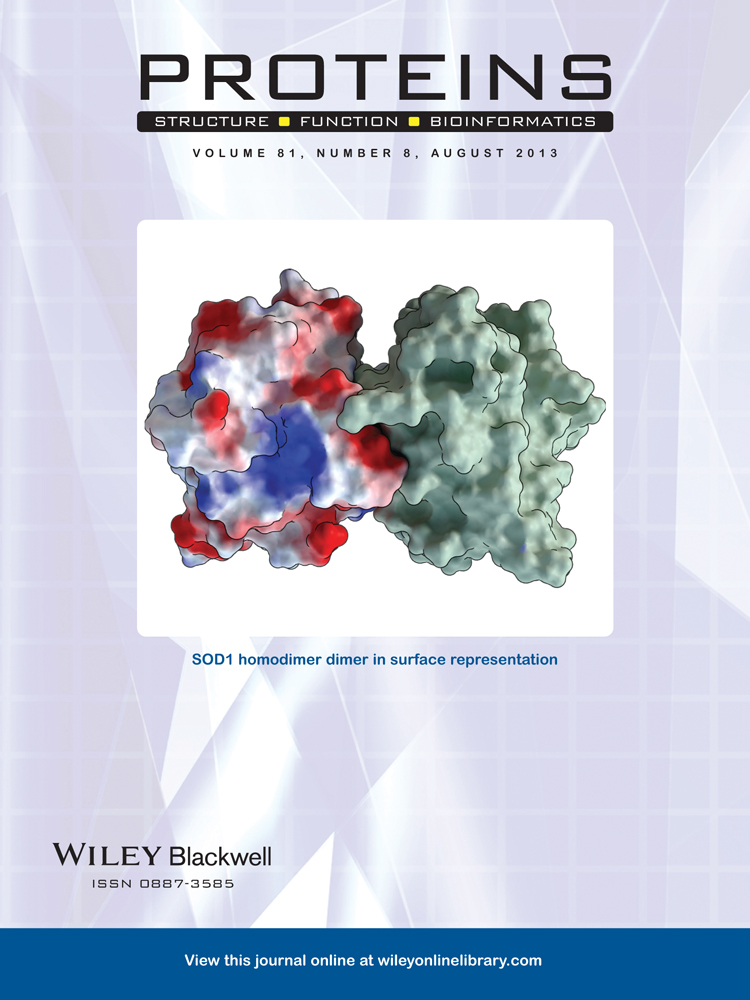Crystal structure of the invertebrate bifunctional purine biosynthesis enzyme PAICS at 2.8 Å resolution
ABSTRACT
Two important steps of the de novo purine biosynthesis pathway are catalyzed by the 5-aminoimidazole ribonucleotide carboxylase and the 4-(N-succinylcarboxamide)-5-aminoimidazole ribonucleotide synthetase enzymes. In most eukaryotic organisms, these two activities are present in the bifunctional enzyme complex known as PAICS. We have determined the 2.8-Å resolution crystal structure of the 350-kDa invertebrate PAICS from insect cells (Trichoplusia ni) using single-wavelength anomalous dispersion methods. Comparison of insect PAICS to human and prokaryotic homologs provides insights into substrate binding and reveals a highly conserved enzymatic framework across divergent species. Proteins 2013; 81:1473–1478. © 2013 Wiley Periodicals, Inc.




